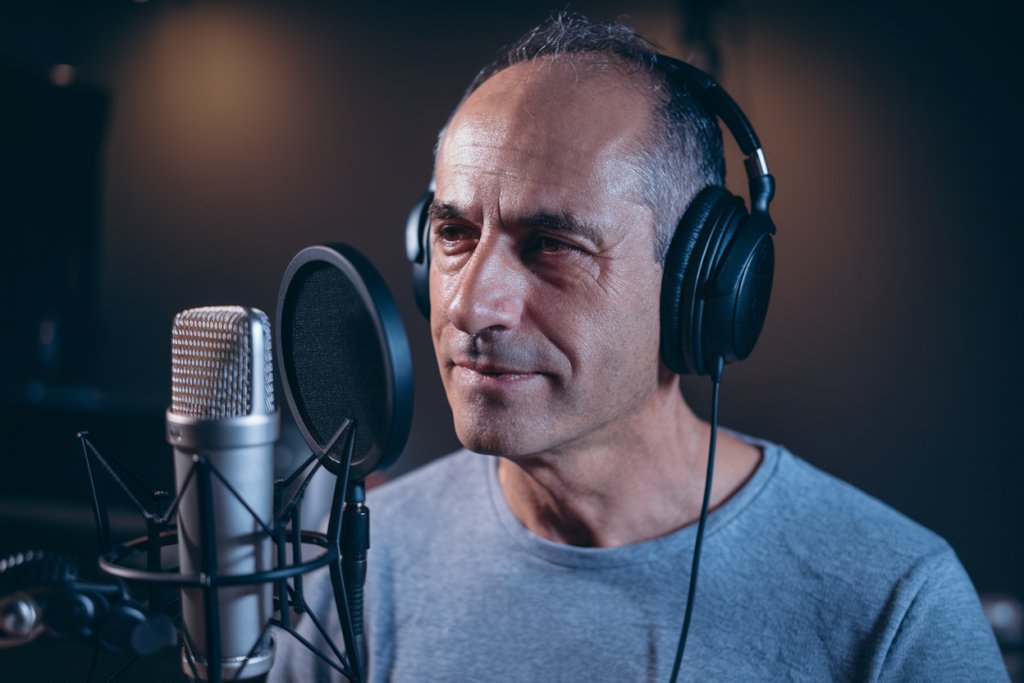When it comes to voiceover work in Italy, the selection of dialects plays a crucial role. With over 30 distinct dialects spoken across the country, choosing the right one can make or break a project. Each dialect carries its own unique charm and cultural significance, making it essential for creators to understand their audience’s preferences.
I’ve found that understanding these nuances not only enhances the authenticity of a voiceover but also connects with listeners on a deeper level. Whether you’re working on commercials, documentaries, or audiobooks, selecting the appropriate dialect can elevate your message and resonate more effectively with your target demographic. Let’s dive into how to navigate this fascinating landscape of Italian dialects for locution purposes.
Overview of Dialects in Italy
Italy boasts over 30 distinct dialects, each reflecting unique cultural heritages. Understanding these dialects is essential for effective voiceover work, as they can significantly influence audience engagement.
Historical Context
Italian dialects stem from various historical influences, including Latin, regional languages, and invasions. The unification of Italy in the 19th century standardized Italian but did not eliminate local dialects. Instead, these dialects preserved regional identities and traditions. For instance, Venetian evolved from Latin with influences from Slavic languages due to historical trade connections. Similarly, Neapolitan developed uniquely through interactions with Spanish and French cultures during different periods.
Major Dialects Overview
Key dialects include:
- Sicilian: Spoken in Sicily; characterized by Arabic and Norman influences.
- Neapolitan: Found in Naples; known for its melodic intonations and rich vocabulary.
- Venetian: Predominantly used in Venice; features a distinct phonetic structure.
- Lombard: Commonly heard in Lombardy; influenced by Celtic languages.
- Emilian-Romagnol: Used across Emilia-Romagna; blends elements from both regions’ linguistic traditions.
Each dialect offers unique phonetics and expressions that contribute to the richness of Italian media projects. Selecting the appropriate dialect ensures authenticity and resonates more deeply with targeted audiences.
Importance of Dialect Selection for Voice Acting
Dialect selection plays a pivotal role in voice acting, particularly in Italy, where the rich tapestry of dialects adds depth and character to any project. Understanding the nuances of each dialect enhances connection with audiences and elevates the artistic quality of performances.
Cultural Significance
Cultural significance shapes how dialects are perceived and understood. Each Italian dialect embodies unique traditions, histories, and social contexts. For instance, Sicilian reflects a blend of Arabic influences due to historical trade routes, while Neapolitan showcases vibrant expressions tied to its theatrical roots. By selecting an appropriate dialect, I can convey not just words but also cultural narratives that resonate with viewers or listeners.
Authenticity in Performance
Authenticity directly influences the effectiveness of voice acting. Performing in a specific dialect fosters genuine representation and emotional resonance. Audiences connect more deeply when they hear familiar phonetic patterns and local expressions. For example, employing Venetian intonations during a scene set in Venice enriches the viewer’s experience by grounding it in reality. Accurate portrayal through chosen dialects ensures that my performances feel true to life while respecting regional identities.
Factors to Consider in Dialect Selection
Selecting the appropriate dialect for voiceover work involves various factors that significantly influence project outcomes. Understanding audience preferences and regional characteristics enhances overall effectiveness.
Audience Targeting
Identifying the target audience is essential. Different dialects resonate with specific demographic groups, impacting engagement levels. For instance, using Neapolitan may appeal to listeners from Naples and its surroundings, while Sicilian connects more deeply with audiences from Sicily. I consider the project’s context—commercial or documentary—and tailor the dialect choice accordingly to ensure relatability and authenticity.
Regional Nuances
Regional nuances play a crucial role in dialect selection. Each Italian dialect contains unique phonetic traits, vocabulary, and cultural references that reflect local identity. For example, Venetian features distinct intonations that differ from Lombard pronunciation patterns. It’s important for me to understand these subtleties when selecting a dialect; they contribute not only to clarity but also to emotional connection within the narrative. Emphasizing these nuances ensures that performances resonate with local audiences while respecting their heritage.
Examples of Successful Dialect Usage
Successful dialect usage in voiceover work showcases the power of regional languages in connecting with audiences. Below are two notable case studies that illustrate effective implementations.
Case Study 1
A documentary on Sicilian culture utilized a native Sicilian speaker to narrate its content. The choice enhanced the authenticity of the storytelling, allowing viewers to experience the rich history and traditions firsthand. The narrator’s ability to convey local expressions and phonetics deepened emotional engagement, resulting in positive audience feedback and increased viewership.
Case Study 2
In a commercial for a Neapolitan pizza brand, employing a voice actor fluent in Neapolitan dialect proved pivotal. The advertisement featured colloquial phrases and cultural references familiar to local customers, creating an immediate connection. This approach not only boosted brand relatability but also led to a significant uptick in sales within the Naples region, demonstrating the effectiveness of targeted dialect selection in marketing strategies.
Challenges in Dialect Selection
Selecting the appropriate dialect for voiceover projects poses several challenges that can significantly impact audience engagement. I recognize two primary hurdles: misinterpretations and stereotypes.
Misinterpretations
Misinterpretations arise when a dialect is not accurately represented, leading to confusion among audiences. Each Italian dialect contains unique phonetic elements and expressions that may not translate well into Standard Italian or other languages. For example, using a Lombard accent in a context meant for an Emilian-Romagnol audience might confuse listeners unfamiliar with those distinctions. Clarity suffers as specific regional nuances get lost, making it essential to ensure that the chosen dialect aligns with the intended message and target demographic.
Stereotypes and Prejudices
Stereotypes and prejudices associated with certain dialects can hinder effective communication. Some regions have developed reputations based on their accents or linguistic traits, which can lead audiences to form biases before even engaging with content. For instance, Neapolitan may be perceived as overly comedic or informal, while Venetian could carry connotations of elitism. It’s crucial to navigate these perceptions carefully; otherwise, they risk overshadowing the intended emotional connection within narratives. Addressing these concerns through authentic representation helps prevent reinforcing negative stereotypes while fostering genuine connections between performers and their audiences.
Conclusion
Selecting the right dialect for voiceover work in Italy isn’t just a detail; it’s a crucial element that shapes the entire project. I’ve seen firsthand how authenticity can elevate a performance and resonate deeply with audiences. The rich tapestry of Italian dialects offers creators unique opportunities to connect with listeners on multiple levels.
By understanding regional nuances and cultural significance, I can ensure my work not only engages but also respects local identities. As I continue to explore this diverse landscape, I’m reminded that each dialect has its own story to tell—one that deserves to be heard authentically.








